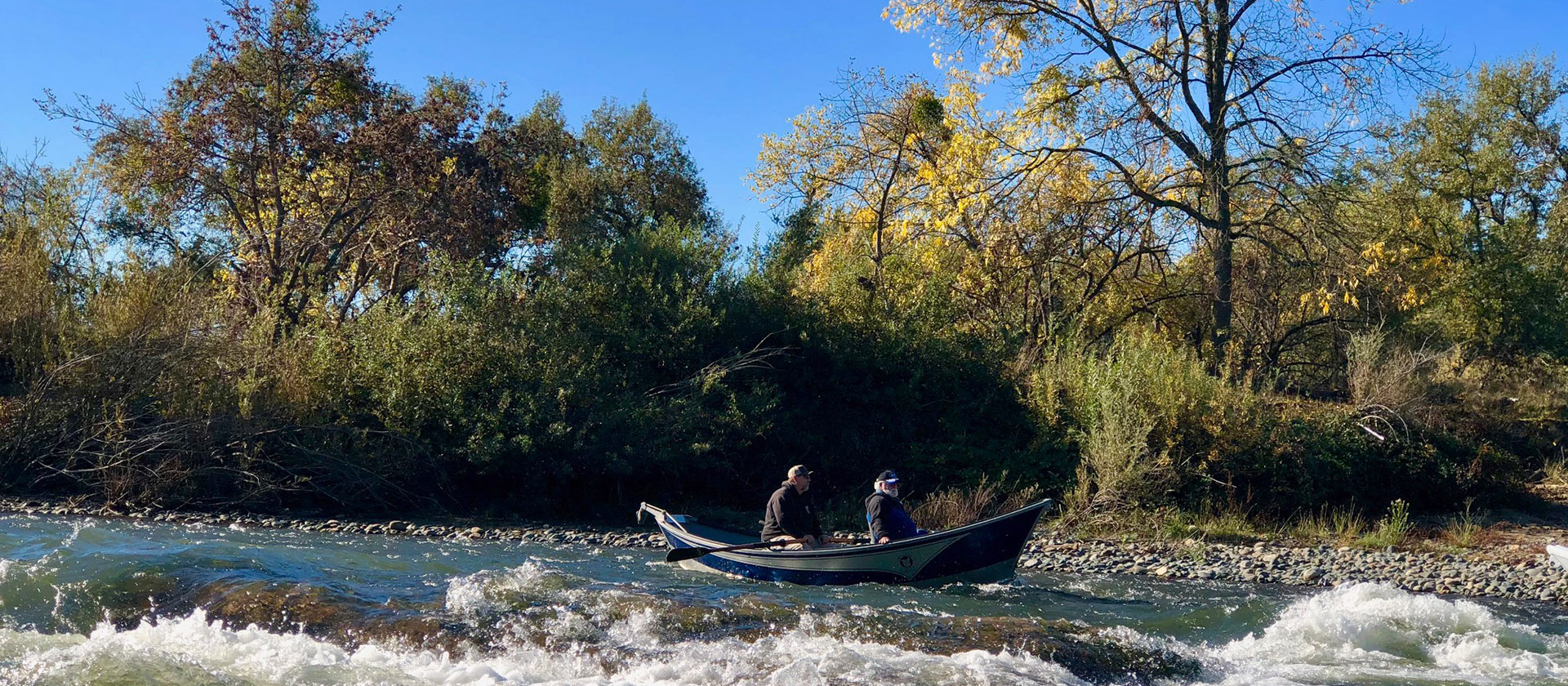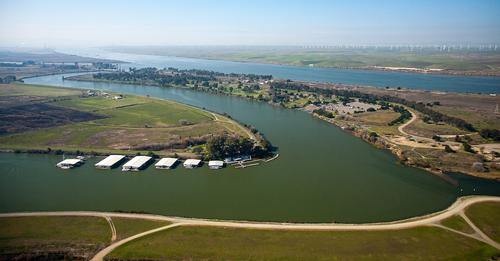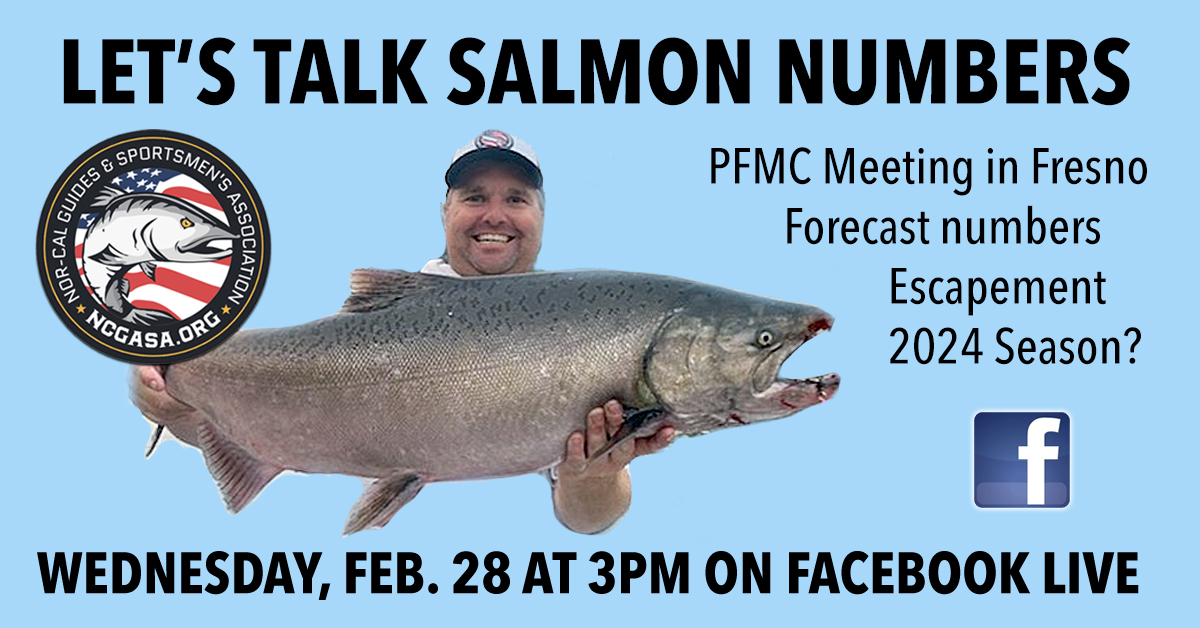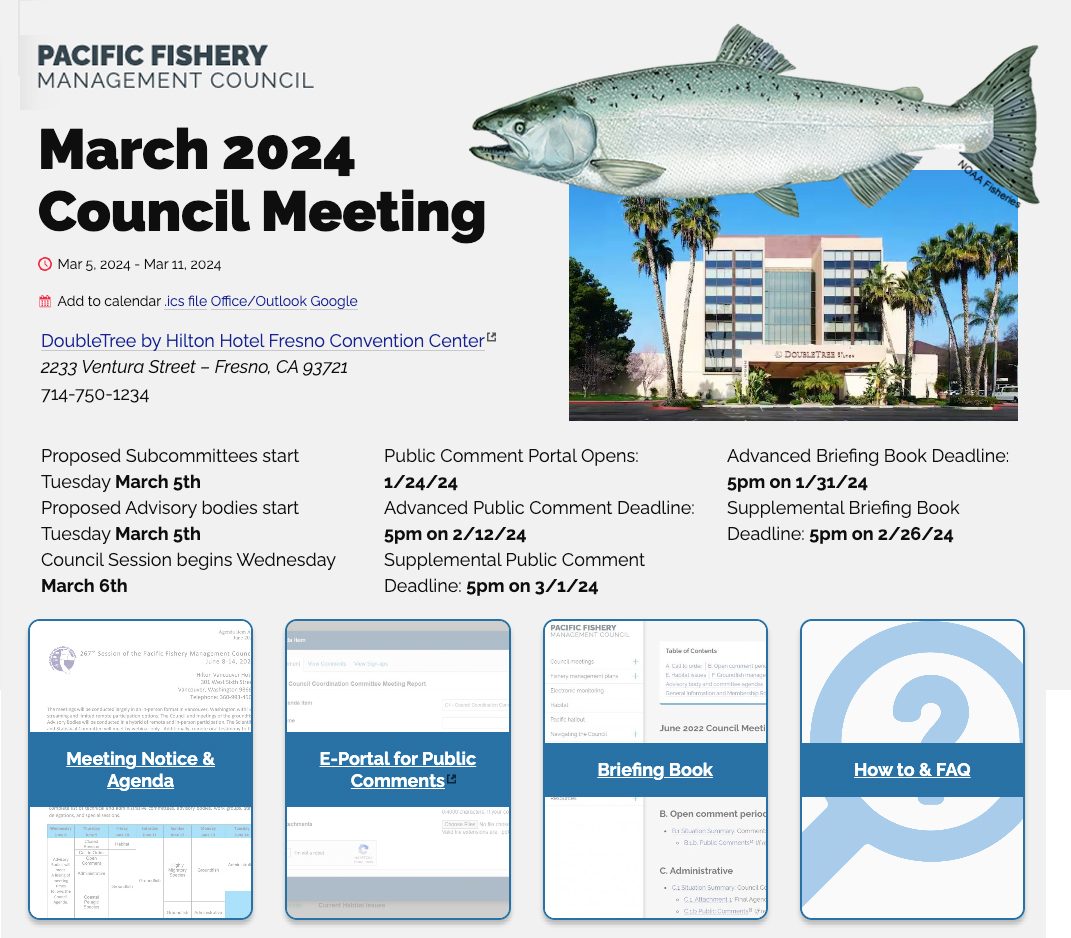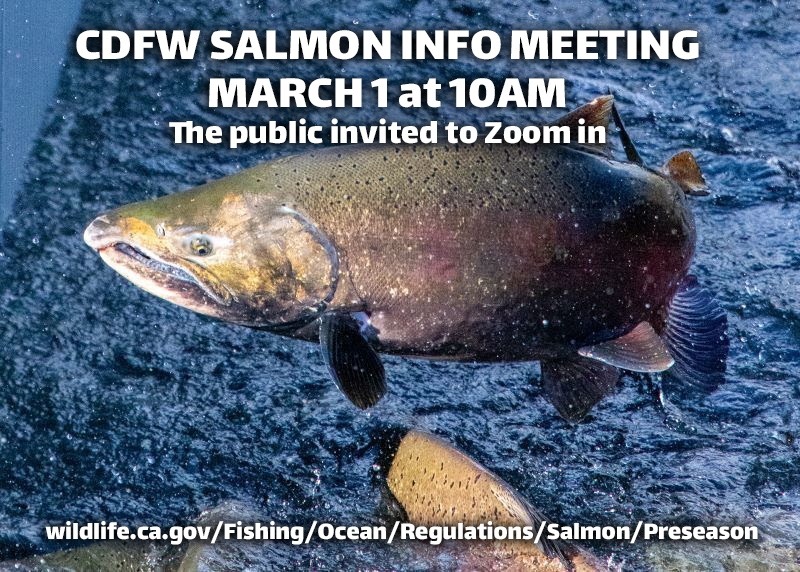State and Federal agencies announce agreement with Delta water suppliers
ACCORDING TO State’s natural resources agency, MOU is a Step in Years-Long Effort to Protect Water Reliability and flows
• Taken from Maven’s Notebook
• Follow the Yuba Water Agency for updates
• Other viewpoints: from the Associated Press and Doug Obegi from California River Restoration, Water Division and Nature Program
• Critics disagree with pact, click here for LA Times article
From the California Natural Resources Agency: State, federal and local water leaders announced broad agreement today on measures to provide additional water flows and new habitat to help improve conditions in the Sacramento-San Joaquin River Delta watershed.
The memorandum of understanding (MOU) signed today outlines terms for a transformational eight-year program that would provide substantial new flows for the environment to help recover salmon and other native fish, create new and restored habitat for fish and wildlife, and provide significant funding for environmental improvements and water purchases. It also outlines a governance and habitat monitoring framework with clear metrics and goals to allow state, federal and local partners to analyze progress, manage adaptively and decide whether the program should be continued, modified or ended after eight years.
“Since my first days in office, I have sought to reject old binaries and find new solutions to problems – we don’t have to choose between healthy ecosystems or a healthy economy, we can choose a path that provides for both,” Governor Gavin Newsom said. “This is a meaningful, hard-earned step in the right direction. I am thankful to our partners on this historic agreement and look forward to continued collaboration as we adapt for the future.”
The state has been actively working with local water agencies since 2016 to develop enforceable agreements to provide additional river flows and new habitat to help change the trajectory of declining native fish species. Following the release of a framework document in February 2020, state agencies have continued to work with local water agencies to refine elements of agreements that would enable adaptive, holistic management and deliver environmental improvements more quickly than a regulatory proceeding that would likely be contentious.
“Today’s MOU is an important milestone, but there is much work ahead,” California Secretary for Natural Resources Wade Crowfoot said. “We’re committed to advancing these critical agreements because they hold promise to improve environmental conditions more quickly and holistically than regulatory requirements, while providing more certainty to communities, farms and businesses. The severity of this drought shows us how quickly we need to move and how much we can get done with a mutual commitment to increase flows, accelerate habitat restoration, and learn together what works best so that we can do more of it.”
“Extreme weather caused by climate change is wreaking havoc with California’s water supplies. By adaptively managing this complex system, the Voluntary Agreements speed up the delivery of additional water and critical habitat,” California Secretary for Environmental Protection Jared Blumenfeld said. “This agreement will move us away from ‘water wars’ of yesteryear, ushering in a new era of collaboration in the battle to fight climate change.”
“Today marks a key milestone in California water – a step that symbolizes the importance of working together to address the challenges that come with a changing climate,” said Reclamation Regional Director Ernest Conant. “Reclamation welcomes this partnership opportunity to move towards a more comprehensive approach to improving the health of the environment and water supply reliability for the cities, farms, and refuges we serve.”
The State Water Resources Control Board is required to update its Bay-Delta Water Quality Control Plan to protect native fish, wildlife and other “beneficial uses” of water, including municipal, domestic and agricultural water supplies.
The MOU signed today seeks to meet those objectives through an integrated program that includes habitat creation, new flows for the environment above existing regulatory requirements, funding for environmental improvements and water purchases, and a new, collaborative science program for monitoring and adaptive management.
Habitat creation would range from targeted improvements in tributaries to large landscape-level restoration in the Sacramento Valley. Improvements include creation of spawning and rearing habitat for salmon and smelt, completion of high-priority fish screen projects, restoration and reactivation of flood plains, projects to address predation, and fish passage improvements.
“Today’s action is a major step in significantly improving how we manage our water supplies to support our environment and all Californians,” said Jennifer Pierre, general manager of the State Water Contractors. “Our only path forward is together and the VAs create an appropriately sourced governance approach that will allow resource agencies, public water agencies and conservation groups to work together to better balance the environmental and economic needs of our State. We look forward to working with our partners and state leaders to move the VAs forward to achieve reliable water supplies for Californians and our ecosystems.”
“The program advanced today represents a fundamental change in how state agencies, federal agencies, public water agencies, and other interested groups approach efforts to protect the environment and provide water for cities, industries, and farms,” said Thomas Birmingham, general manager of Westlands Water District. “This program will take a comprehensive approach to restoring healthy rivers and ecosystems, improving the viability of native fish populations, and providing water supply reliability to communities and farms in nearly every region of the state. This is vitally important to California agriculture, which provides more than two-thirds of the nation’s fruits and nuts and more than one-third of the nation’s vegetables.”
“This is a critical milestone in our joint effort to develop a balanced and holistic watershed-wide approach to address the environmental and water reliability challenges we face in the Sacramento-San Joaquin Delta,” Metropolitan General Manager Adel Hagekhalil said. “But this is just the first step. We need to work collaboratively with all of our state, federal, environmental and water agency partners to ensure we have a comprehensive action plan that improves water reliability and delivers real results for the environment.”
“We look forward to the new collaborative governance and trust building that will occur through decision-making processes in the agreement, and appreciate the framework to balance beneficial water needs for fish, farms, communities and the environment,” said Thad Bettner, general manager of Glenn-Colusa Irrigation District.
Local water agency managers signing the MOU have committed to bring the terms of the MOU to their boards of directors for their endorsement and to work to settle litigation over endangered species protections in the Delta.
Signatories to the agreement also committed to finalize the following elements:
- Up to 824,000 acre-feet of additional flow to and through the Delta in the ecologically important window of January through June. Target flow volumes vary depending upon how wet or dry a year is, and flows made available under the agreement will be above current regulatory conditions.
- 20,000 acres of additional floodplain habitat
- 20,000 acres of rice cropland inundated in ways to improve generation of microscopic plants and animals that provide fish food
- Over 5,000 acres of additional tidal wetlands and associated floodplain
- Nearly 3,300 acres of additional spawning, and instream and floodplain juvenile rearing habitat
- A new state multi-disciplinary restoration unit to accelerate permitting and implementation of habitat projects
- Annual reports informing adaptive management and describing status and trend of native fish populations and whether commitments by voluntary agreement parties are being met
- Triennial reports and public workshops in years three and six of the agreement to analyze progress
- A “red,” “yellow,” or “green” decision by state water quality regulators in year eight to determine if the voluntary agreements are achieving ecological objectives and should be continued, modified, or ended.
Water agencies in the Bay-Delta watershed that do not sign onto the approach outlined in the MOU would need to comply with regulatory requirements established by the State Water Board.
Implementation of the agreements outlined in the MOU is estimated to cost $2.6 billion, to be shared by water users and the state and federal governments. Water agencies will self-assess fees to support implementation of the voluntary agreements. Water users and the state will make flows available through a combination of reduced diversions, year-by-year purchases of water, long-term or permanent purchase of water, and voluntary fallowing of agricultural or pasture lands.



